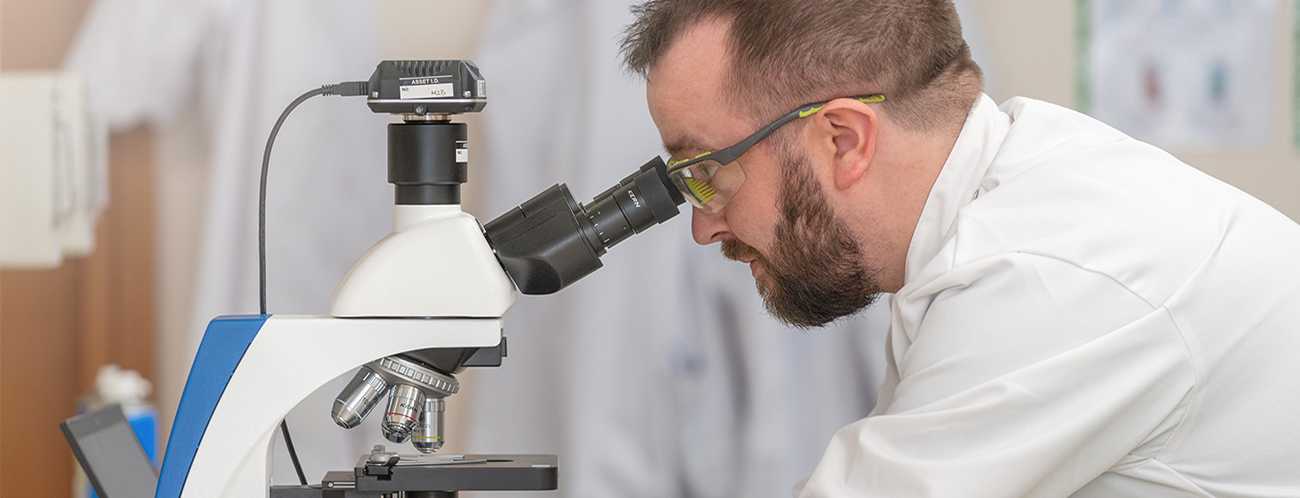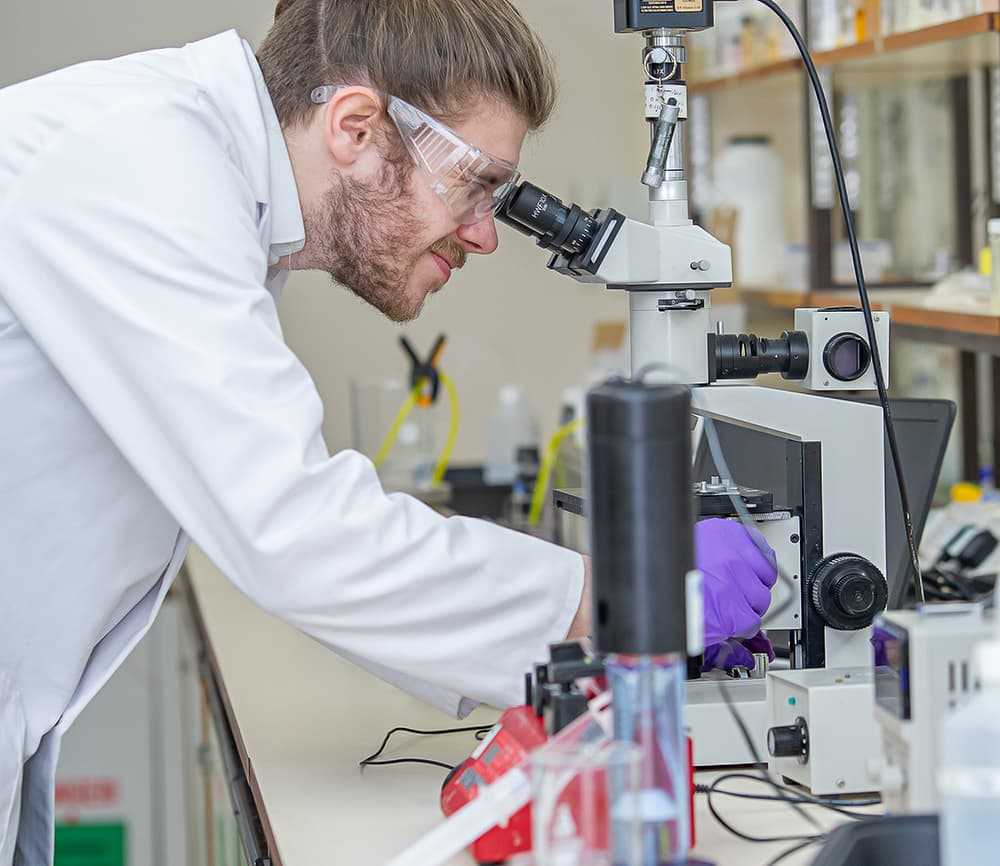
Scientific Papers
Welcome to our library of scientific papers relating to the science of membrane emulsification and encapsulation. Use our website site search tool to help locate papers relating to a specific research aspects.
Need a formulation challenge solved? Ask a Micropore expert
At Micropore we enjoy working in partnership with our clients to solve formulation challenges and deliver the highest performing, most sustainable, most cost-effective formulated delivery systems.

Stay Informed
Keep up to date with innovations at Micropore. Sign up today to stay informed with innovations at Micropore and automatically receive the Micropore newsletter and webinar invites.
